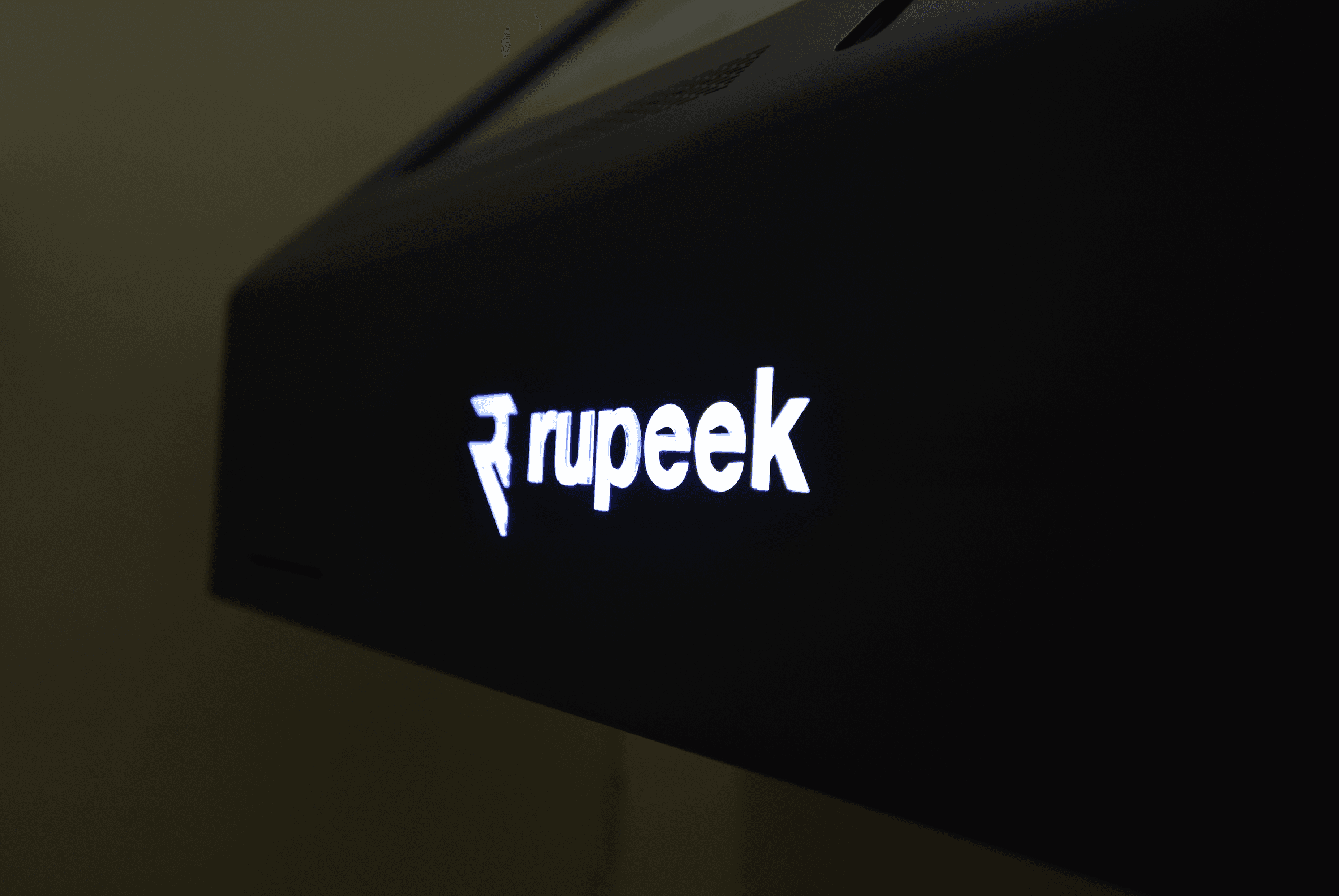Project 1- Driving efficiency and usability in clinical studies management system
Project Type
Professional project at Boehringer Ingelheim
My Role
UX Researcher and Designer
Methods
User interviews, service blueprinting, wireframing and prototyping, usability testing
Deliverables
Personas, User stories, Service Blueprints, Research reports
Tools
Figma, Dovetail, Klaxoon, Excel, JIRA
How I mapped the service design of a clinical studies management system, reduced user support queries by 50% and increased user satisfaction of the system by 36%.
01
Context
Boehringer Ingelheim is one of the world's leading pharmaceutical companies with a focus on the research and development of human and animal pharmaceutical drugs
The product I worked on was an Analytics Clinical Study Management System.
02
The Problem
The system was originally built to handle the approval and execution of a small number of clinical studies. Over the years the scale increased and had become challenging for users to navigate through it. It required better usability, project management, stability and scalability.
03
Research Approach
With the constraints of an NDA, I am only able to briefly explain my research process
04
Impact
The processes were streamlined using the future-state service blueprint I developed, and the new application was designed based on user stories.
Automating certain steps and enabling self-service reduced users' dependency on colleagues.
As a result, user support queries reduced by 50% and user satisfaction of the system increased by 36%.
Project 2- Redesigning a user journey in a data ecosystem
Project Type
Professional project at Boehringer Ingelheim
My Role
UX Researcher
Methods
User interviews, prototype mapping, usability testing
Deliverables
Personas, research presentation
Tools
Figma, Dovetail, Klaxoon
How I facilitated the scaling of the "demand submission" process to 36 other processes
01
Context
Dataland is a data ecosystem in Boehringer that aimed to provide quick access to large datasets. It offered multiple services related to creating data products, analysis and managing large drug related internal and external research data sets in the organization.
02
The Problem
The Dataland program and its offerings were seen as intricate and overly technical from a user’s point of view. When I began, the problem space was fairly wide and vague. I’ve outlined my research approach and methodology in brief below.
03
Research Approach
04
Impact
Usability of touchpoints
It became easier for users to start working with the service – easy forms, help materials, dedicated support., reduced friction and need for hand-holding
Impact:
Changes were implemented for Data Foundation users ( a segment of Dataland users) and were scalable to 36 others demands in Dataland.
Reflections
Advocating for users in a low UX maturity environment
In a low UX maturity setting, I’ve driven user advocacy by educating stakeholders, demonstrating impact through insights, and embedding user needs into decision-making. Through storytelling, workshops, and quick wins, I’ve influenced teams to shift from assumption-driven to evidence-based approaches.
Navigating an enterprise environment
Enterprise environments often come with complex organizational structures, multiple stakeholders, and lengthy decision-making processes. My experience in such settings has taught me how to navigate cross-functional teams, align diverse perspectives, and balance business priorities with user needs. I have learned to tailor my communication strategies, distilling research insights into actionable recommendations that resonate with leadership while ensuring execution teams have detailed guidance.


